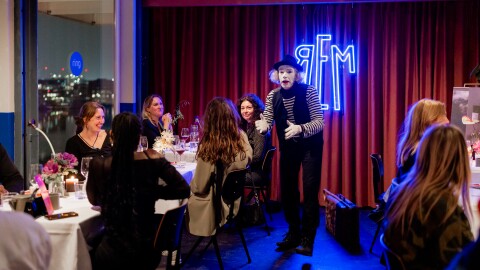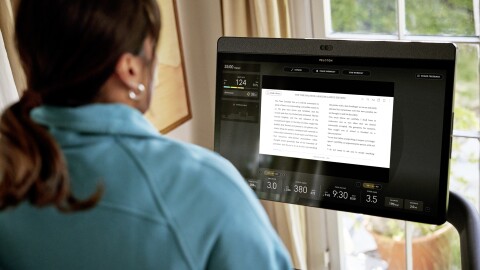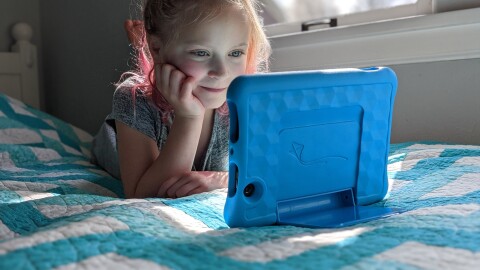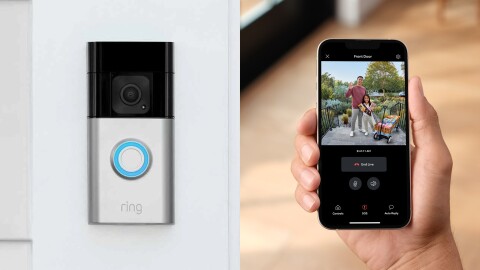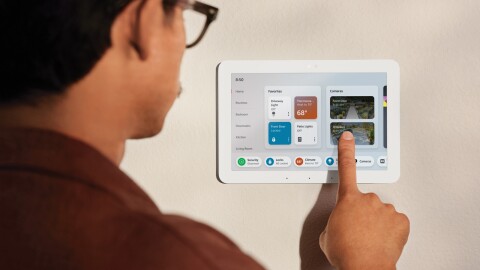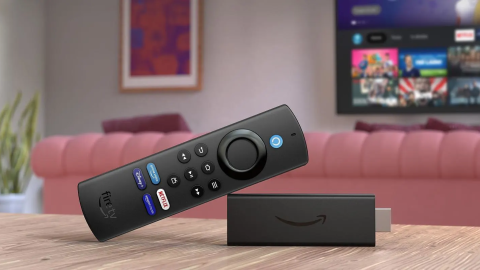It was sometime before 2007 when a team from Amazon was sequestered at an undisclosed location, testing a top-secret new device.
“We all went with Jeff Bezos to a house for a weekend when we had a working prototype,” said Steve Kessel, an Amazon senior vice president who at the time was leading the original Kindle team. “We would say let’s all go read for an hour. And then we would come back and talk about how the device felt in our hand.”
There’s a saying at Amazon that you have to be an optimist to be an entrepreneur
From those early weekend tests, the form of the Kindle was finalized. Later that year, in November, Bezos announced the e-reader at a media event in New York City. The e-reader forever changed the way books are read and published, but in the years leading up to the launch, developers didn’t know if all their work would pay off.
“There’s a saying at Amazon that you have to be an optimist to be an entrepreneur,” said Kessel. “It was a classic startup and you get all the ups and downs of the startup life.”
The Kindle project’s first product manager, Charlie Tritschler, remembers a core, scrappy team in those early days. “Eight of us were in an old law office huddled in the legal library,” he said. “My first day was just like a startup. When I asked ‘Could I get a computer?’ they said, ‘Yeah, I think there’s one in the closet.’”
Kessel said the team was determined to keep the Kindle a single-purpose device – something where you could lose yourself in a book, rather than a multipurpose piece of hardware that might create distractions.
They were also focused on making it easy for customers by ensuring they could access new books without connecting a cable to a computer for download. That dedication, which led to a built-in cellular data connection and, eventually, the ability to sync your books across Kindle devices and app, was no small feat. “We said books needed to download in less than 60 seconds, but it definitely didn’t work that way at first,” said Kessel.
Patience was something the team was forced to learn.
“Originally I told Jeff (Bezos) it would take us about 18 months to build the Kindle and we could do it with a couple handfuls of folks. It took us three-and-a-half years and a lot more than a couple of handfuls of folks.”
Kessel said the team knew they were on to something almost immediately after launch. The first Kindle included a thank you note with an email alias for customer feedback. Kessel and the rest of the team personally reviewed those emails and the overwhelming sense they got was that people loved the bold new invention. They also received feedback that led to new features in subsequent launches, like adding a light for the display.
Today, 10 years later, Kindle offers an incredible digital reading experience across dedicated reading devices and its free reading apps, with many features to help book lovers get more from their reading.
“Our ultimate dream is to get Kindle to be like a sheet of paper,” said Tritschler. “Can we get the product thin and light enough – flexible and durable. We’re not there yet, but we’ve made great progress and we are definitely not done.”











